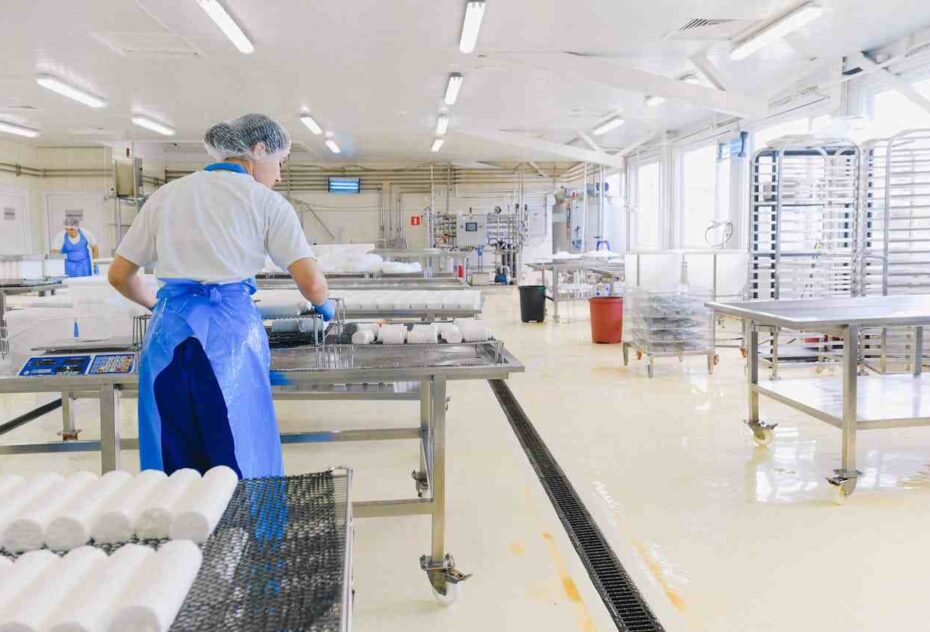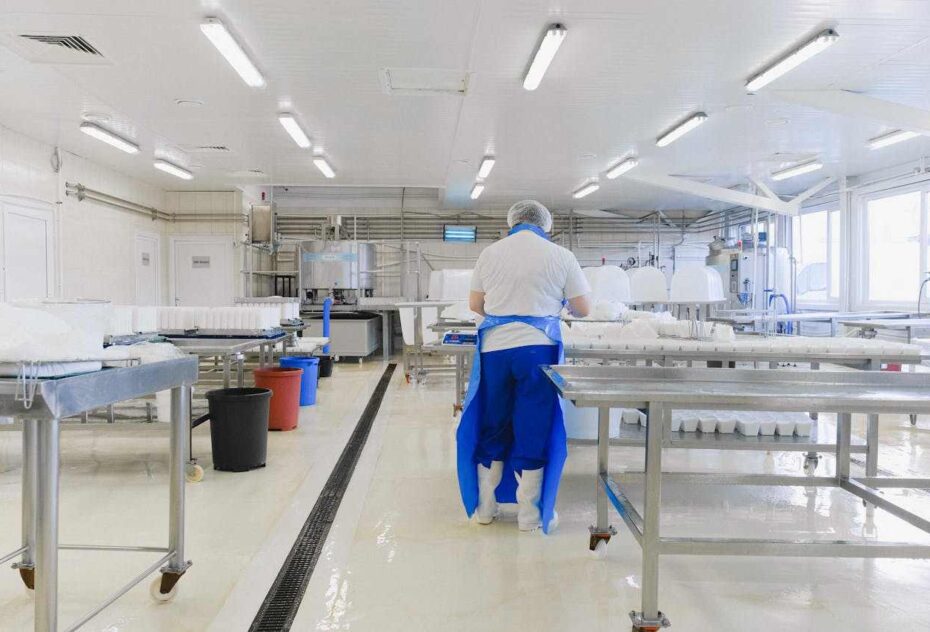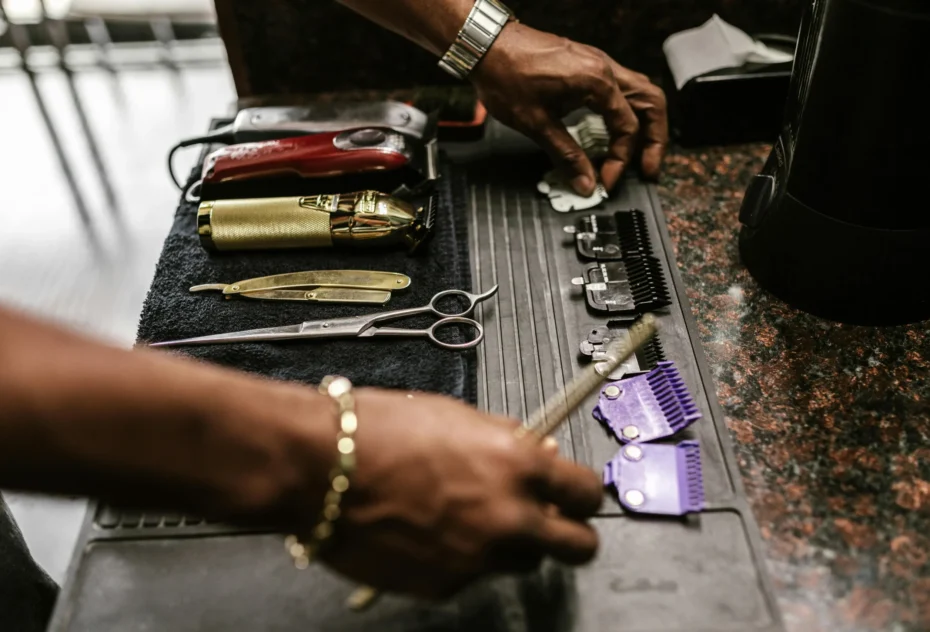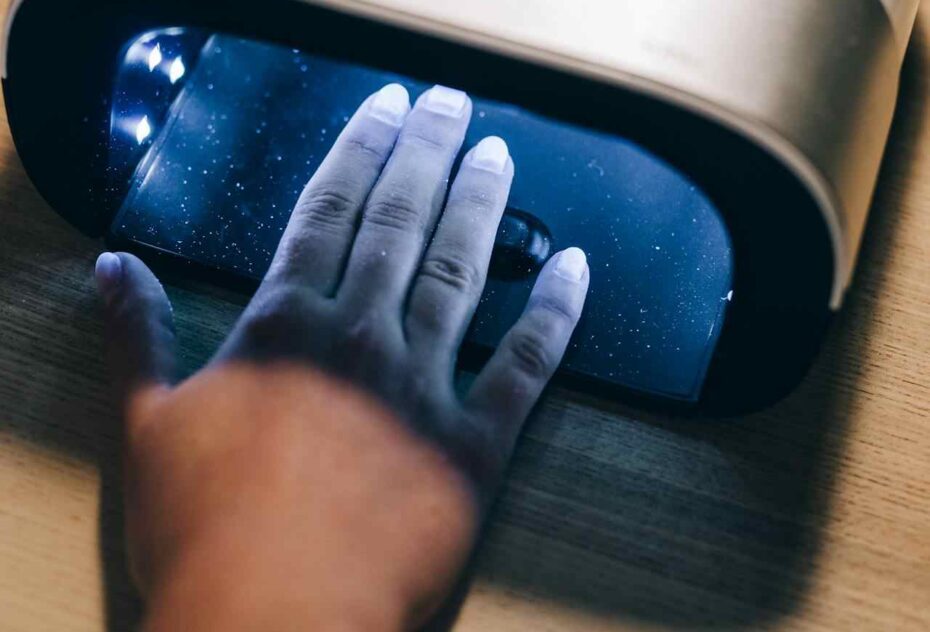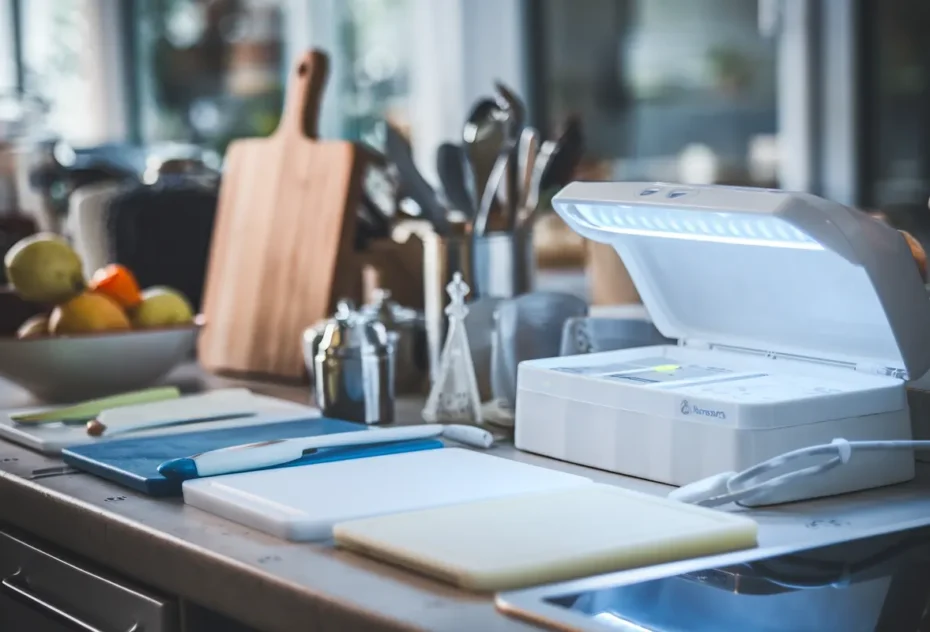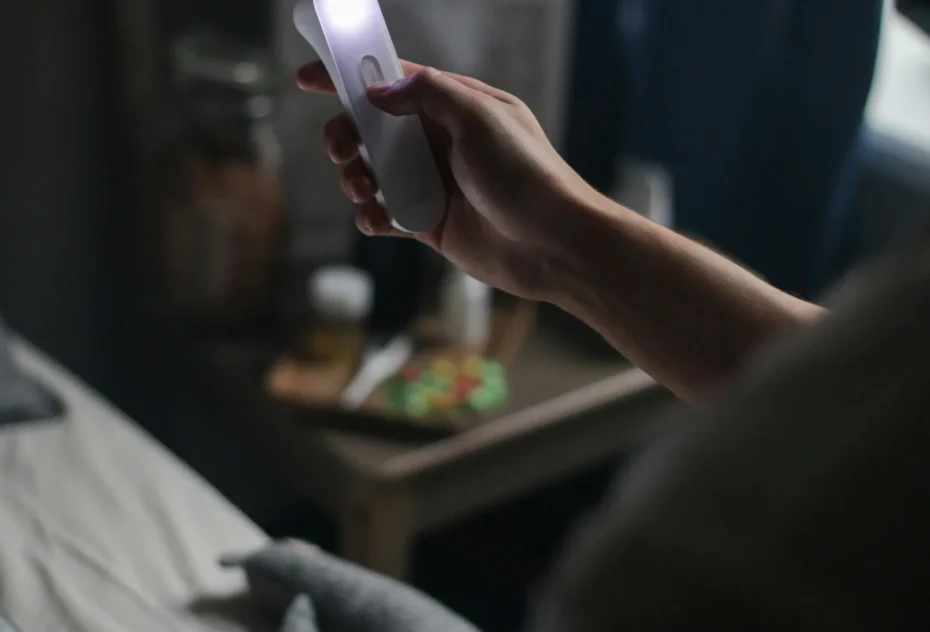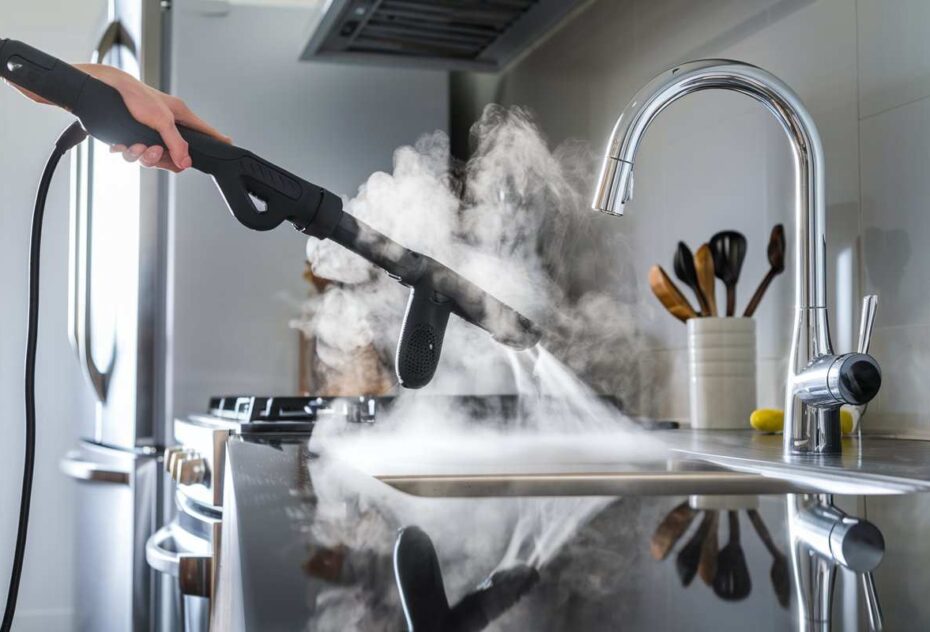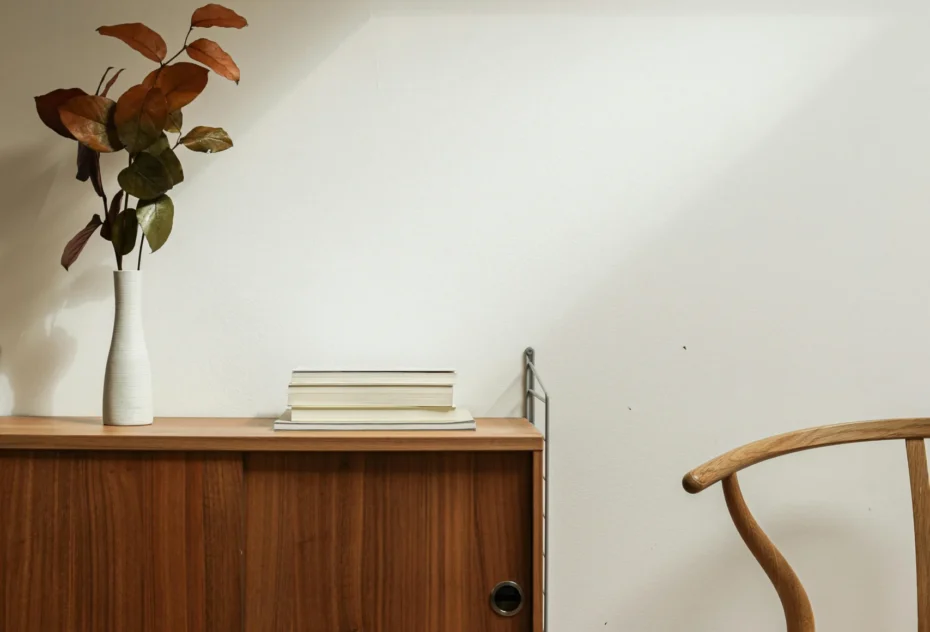Autoclave vs UV Sterilizer: Which is The Best?
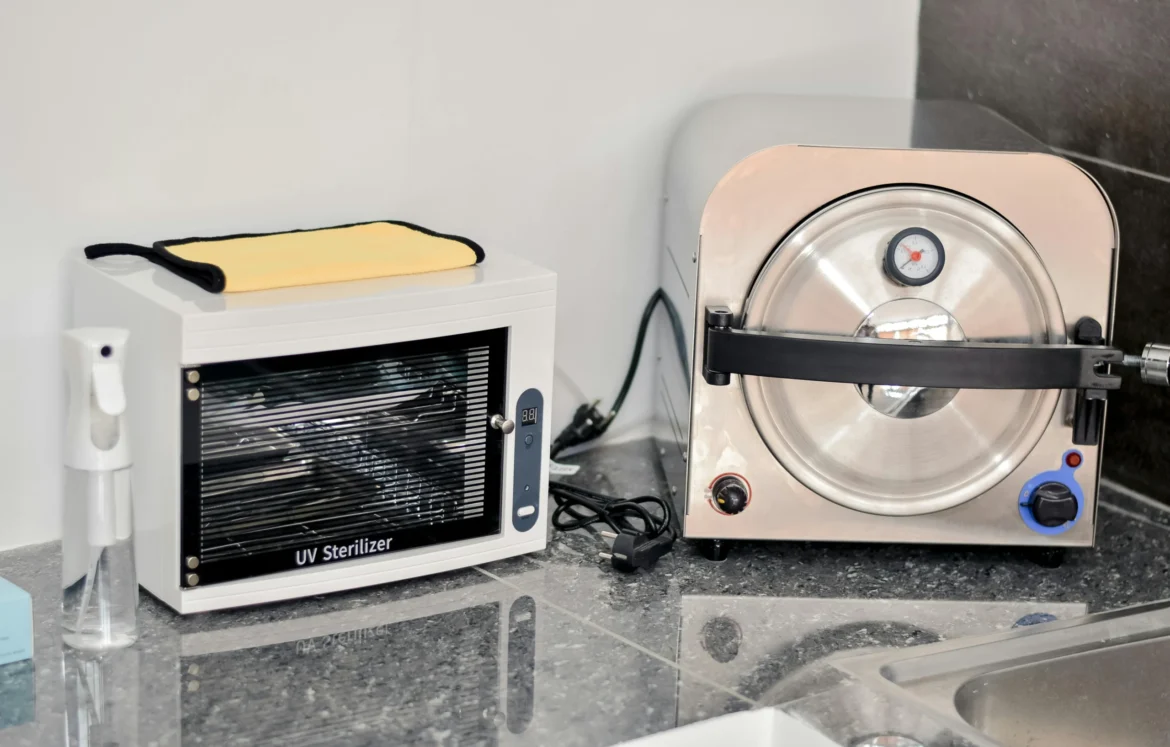
The kitchen, a haven of culinary creativity, often becomes a battleground against invisible germs. From chopping boards to dishcloths, everyday kitchen items can harbor harmful bacteria, making kitchen hygiene paramount. This leads us to two popular germ-fighting methods: autoclave vs UV sterilizer. But which one is best for your kitchen? Let’s dive in and unravel the intricacies of these sterilization methods.
Table of Contents:
1. What is an Autoclave and How Does it Work?
An autoclave is a pressure chamber that uses steam to sterilize materials by destroying microorganisms, including bacteria, viruses, and fungi. It’s like a high-tech pressure cooker that heats items to a scorching temperature under high pressure. Picture a massive, industrial-sized oven with a sealed door. Inside, steam at a high temperature is used to eliminate any trace of microscopic life.
How Does It Work?
The magic happens in the autoclave’s internal chamber. It’s a sealed environment where steam, under pressure, penetrates every nook and cranny of the material. This pressurized steam reaches temperatures far exceeding the boiling point of water, effectively destroying even the most resilient microbes.
Autoclaves are often employed in hospitals and research laboratories for sterilizing surgical instruments, lab equipment, and other materials. But they are not typically used in homes, as they are bulky and require a dedicated space for operation.
What Can You Put in an Autoclave?
Autoclaves are often used for sterilizing metal objects like surgical instruments, needles, and lab equipment. You can also sterilize glassware like petri dishes and test tubes. However, autoclaves cannot be used for sterilizing food due to the high heat and pressure.
The next time you visit a dentist or a hospital, you might notice the autoclaves in operation. These machines are essential for ensuring the sterilization of equipment used on patients.
Let’s move on to our second hero in the fight against kitchen germs – the UV sterilizer.
Want to learn more about using UV sterilizers to keep your kitchen germ-free? Explore the fascinating world of smart kitchen products with UV sterilization in our article on the best UV sterilizers for the kitchen. [link to relevant blog post]
2. What is a UV Sterilizer and How Does it Work?
UV sterilizers are a fantastic way to sanitize surfaces and objects in your kitchen using the power of ultraviolet (UV) light. This technology utilizes the disinfection power of UV light, which effectively kills germs and bacteria by damaging their DNA, making them unable to reproduce. This makes UV sterilizers a fantastic tool for any home cook who wants to ensure their kitchen is a germ-free zone.
But how do they actually work? Here’s a breakdown of the process:
- UV Light Emission: The UV sterilizer uses a specialized lamp to emit UV light, typically in the range of UV-C, which is most effective for killing microorganisms.
- Germ Destruction: When UV light hits a germ or bacterium, it penetrates the cell wall and damages the DNA, effectively disabling its ability to reproduce and spread. This process effectively eliminates the microorganism without the need for harsh chemicals.
- Safe and Effective: UV sterilizers are generally considered safe for use on a variety of materials, including food-safe surfaces. However, it’s always best to check the manufacturer’s instructions for specific recommendations and precautions.
What can you put in a UV sterilizer?
The great thing about UV sterilizers is their versatility. You can use them for a wide range of items, such as:
- Kitchen Utensils: Sanitize knives, forks, spoons, and other utensils to ensure they’re germ-free after use.
- Cutting Boards: UV light effectively eliminates bacteria and germs that can accumulate on your cutting boards.
- Sponges and Dishcloths: UV sterilizers are a great way to sanitize your sponges and dishcloths, preventing the spread of bacteria.
- Baby Bottles and Pacifiers: UV sterilization is a great option for keeping baby bottles and pacifiers clean and safe for your little one.
- Phones and Other Electronics: UV sterilizers can also be used to sanitize your phone, keys, and other personal items, reducing the spread of germs.
What are some benefits of using a UV sanitizer?
- Effective Germicidal Action: UV light is incredibly effective at killing a wide range of bacteria and viruses, making it an excellent choice for disinfecting your kitchen.
- Environmentally Friendly: UV sanitizers are a chemical-free way to disinfect, making them a more environmentally friendly option compared to harsh chemical cleaners.
- Easy to Use: UV sterilizers are generally very simple to operate and don’t require any special setup.
- Versatile Applications: UV sterilizers have many applications, making them a versatile tool for any home.
Types of UV Sterilizers:
- UV Sanitizer Boxes: These portable devices are great for sanitizing small items like utensils, phones, and baby bottles. Check out our blog post on the best UV sanitizing box for your kitchen.
- UV Light Sanitizer Lamps: These lamps are great for disinfecting larger areas like countertops or workspaces. We have a guide on best UV portable lamp sanitizer for kitchen and home
- UV Sterilizer Cabinets: These larger cabinets can be used for sanitizing a variety of items, such as kitchen utensils, tools, and even clothes.
UV sanitizers have quickly become a staple in kitchens across the globe, providing a safe and effective way to ensure a germ-free environment. If you’re looking to elevate your kitchen hygiene, consider investing in a UV sanitizer.
3. Comparing Autoclaves and UV Sterilizers: Key Differences
Now that we understand the basics of autoclaves and UV sterilizers, let’s dive into their key differences. This will help you make an informed decision about which method is right for your needs.
Heat vs. Light: The Fundamental Difference
The biggest difference between autoclaves and UV sterilizers lies in their sterilization mechanisms. Autoclaves use high-pressure steam to kill microorganisms, while UV sterilizers use ultraviolet (UV) light.
Autoclaves:
- Heat sterilization: Autoclaves work by exposing objects to high-pressure steam at a temperature of 121°C (249°F) for a set time. This intense heat denatures proteins and enzymes within microorganisms, effectively killing them.
- Effectiveness: Autoclaves are highly effective at killing a wide range of bacteria, viruses, fungi, and spores, making them a popular choice for medical and laboratory settings.
UV Sterilizers:
- UV light disinfection technology: UV sterilizers use UV light, specifically in the UVC range, to damage the DNA and RNA of microorganisms, preventing them from replicating and causing harm.
- Effectiveness: UV sterilizers are effective at killing bacteria, viruses, and molds but may not be as effective against some spores.
Beyond the Basics: Other Notable Differences
Here’s a table summarizing other key differences between autoclaves and UV sterilizers:
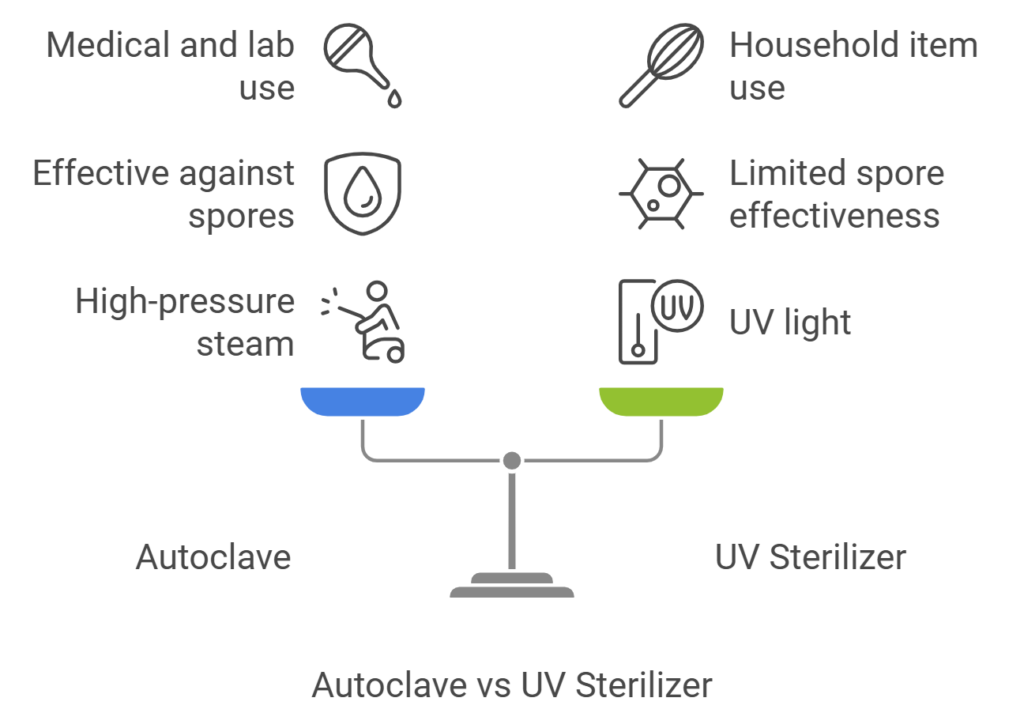
Choosing the Right Method for You
Ultimately, the best sterilization method for you will depend on your specific needs. If you need to sterilize medical equipment, laboratory tools, or other heat-resistant items, an autoclave is likely the best choice. But if you need a quick and convenient way to sterilize smaller items, a UV sterilizer might be a better option.
For example, if you are looking for a way to sanitize your kitchen utensils and keep your countertops germ-free, a uv light sanitizer for room is a great choice. You can also find smart kitchen products with uv sterilization that can help you sanitize your dishes and other kitchen items.
If you are looking for a more portable option, you can find uv knife sterilizers, uv sterilizer cabinets for salon, and even dishwashers with uv light on the market. However, be aware that uv light sanitizer kitchen countertop models may not be as effective against all types of microorganisms, so it’s important to read the manufacturer’s instructions carefully and choose a model that is suitable for your needs.
Is It Safe to Eat Food Exposed to UV Light?
You might be wondering can you eat food exposed to UV light. The answer is generally yes, but it’s important to note that UV light can affect the nutritional value of some foods. For example, prolonged exposure to UV light can degrade vitamins in fruits and vegetables.
However, most UV sterilizers are designed to sanitize objects for a short amount of time, and the UV light exposure is not enough to significantly affect the nutritional value of food.
If you are concerned about the safety of eating food that has been exposed to UV light, you can always ask the manufacturer of your UV sterilizer for more information.
Ultimately, the choice of sterilization method is yours. But by understanding the key differences between autoclaves and UV sterilizers, you can make an informed decision about which method is right for you.
4. Pros and Cons of Each Method: Autoclave vs. UV Sterilizer
Now that we’ve explored how both autoclaves and UV sterilizers work, let’s weigh their advantages and disadvantages to help you decide which method is best for your needs.
Autoclave Pros:
- High Effectiveness: Autoclaves are highly effective at killing a wide range of microorganisms, including bacteria, viruses, fungi, and spores. This makes them ideal for sterilizing medical equipment, lab tools, and other items where complete sterilization is crucial.
- Deep Penetration: The high pressure and heat used in autoclaves allow for deep penetration into materials, ensuring thorough sterilization.
- Suitable for Diverse Materials: Autoclaves can sterilize a wide variety of materials, including metal, glass, plastic, and rubber.
Autoclave Cons:
- Costly: Autoclaves can be expensive to purchase and maintain, especially larger industrial models.
- Time-Consuming: The sterilization process in an autoclave can take a significant amount of time, usually around 20-30 minutes or more.
- Limited Portability: Autoclaves are typically bulky and stationary, making them unsuitable for portable use.
UV Sterilizer Pros:
- Cost-Effective: UV sterilizers are generally more affordable than autoclaves, particularly smaller portable models.
- Fast Sterilization: UV light can quickly kill microorganisms, often within minutes.
- Versatile Applications: UV sterilizers have diverse applications, from sanitizing kitchen countertops and cutting boards with a uv light sanitizer kitchen countertop to sterilizing personal items like phones and toothbrushes. You can even find smart kitchen products with UV sterilization for even more convenience.
UV Sterilizer Cons:
- Limited Effectiveness: While UV light effectively kills many bacteria and viruses, it may not be as effective against some resistant organisms like spores.
- Surface Sterilization Only: UV light only sterilizes surfaces directly exposed to the UV rays. It cannot penetrate deeply into materials like an autoclave can.
- Potential for Damage: UV light can damage some materials, like plastics and fabrics, so it’s important to check compatibility before using a UV sterilizer.
Choosing the Right Method:
The best method for you will depend on your specific needs. If you require complete sterilization of materials, an autoclave may be the best choice. However, if you need a more affordable and convenient option for surface sterilization, a UV sterilizer could be a great fit.
You can find a variety of uv sterilizer cabinet for salon or uv knife sterilizer for specific uses and a wide range of best uv sterilizers for kitchen to keep your kitchen germ-free. Consider exploring best uv portable lamp sanitizer for kitchen and home for a more portable and convenient solution. You can also discover a variety of portable uv sanitizer for kitchen that are highly effective and easy to use.
Remember: If you’re unsure about the best sterilization method for your needs, it’s always best to consult with a professional.
Conclusion:
While both autoclaves and UV sterilizers offer effective sterilization methods, their applications and benefits differ. Autoclaves are more suitable for high-heat sterilization of medical and laboratory equipment, while UV sterilizers excel at disinfecting everyday items, food, and even air, offering a safe and convenient option for various applications. By considering your specific needs, budget, and the types of items you want to sterilize, you can make an informed decision on the best sterilization method for your home or workspace. Remember to always prioritize safety and follow the manufacturer’s instructions for any sterilizer you choose.
Remember: Always check with the manufacturer’s instructions for specific items before using any sterilization method.
Remember to consult with a professional for any questions or concerns you may have regarding sterilization and disinfection practices.



